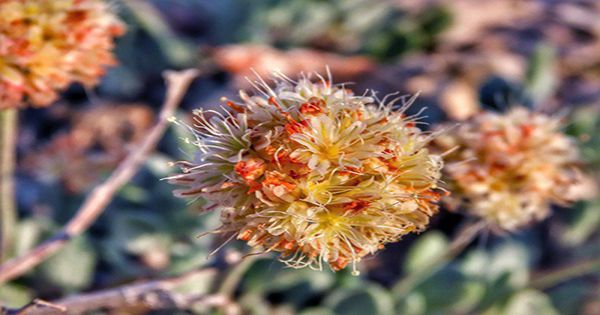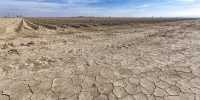An indomitable yellow plant threatens to scrap plans for a huge proposed lithium mine in Nevada. Last week, the U.S. Fish and Wildlife Service Center, in response to a petition and lawsuit, offered to protect Tiehm’s buckwheat under the Endangered Species Act. Tiehm’s Buckwheat is on a few acres of public land in Esmeralda County, western Nevada.
The species had a tough year in 2020 was a difficult year for the species when 17,000 plants were mysteriously uprooted, with 40 percent of the population in a state of disarray. Soon, things are going to get worse for the species. Unfortunately, Tiehm’s buckwheat original home is also at the top of the Rhyolite Ridge region, which contains the largest lithium and boron deposits in North America, at an estimated 146.5 million metric tons. With the growing demand for lithium use in electric car batteries, Rhyolite Ridge Hall has become an asset, and the Australian mining company Ioneer has proposed plans to build an extensive lithium mine in the area. The Center for Biological Diversity argues that it would be catastrophic for unique plants. According to their estimates, the project will clear 60 percent of the plant habitat in the first phase of the mine and 80 percent to 90 percent in the second phase.
The proposal to make Tiehm’s buckwheat on endangered species will not stop the mine itself. However, this could complicate things further by reviewing the environmental impact of the mine, which scheduled for January 2021 but delayed.
“Tiehm’s buckwheat should not wipe the face of the earth with open pit mines. That is the decent thing to do, and it should end there, “said Patrick Donnelly, state director of the Center for Biological Diversity in Nevada.
“Biden is on the verge of administration, and Tiehm’s buckwheat is a symbol of our time,” Donnelly added. “Will clean energy transfer take a new path and support our country’s significant biodiversity? Alternatively, will it exacerbate the ongoing mineral and development crisis that is bringing our life-support system to the brink of collapse; will it choose the path of business as usual? “
















